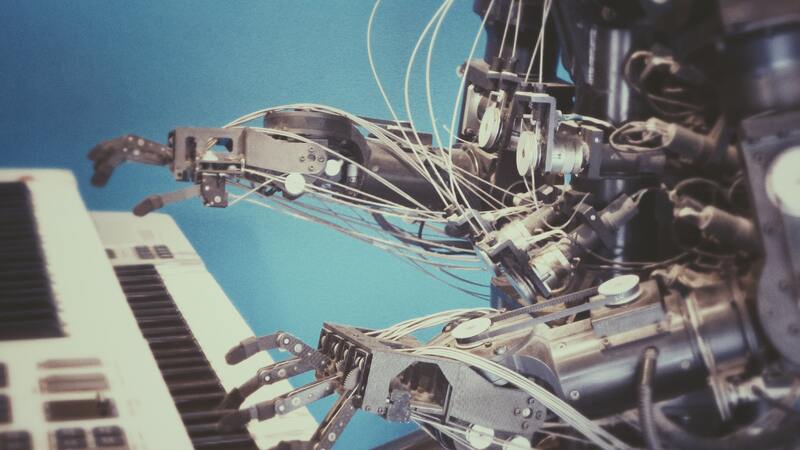Introduction
In the ever-evolving landscape of technology, Optical Character Recognition (OCR) stands out as a game-changing innovation that has revolutionized how we interact with written content. From transforming printed text into digital format to enabling efficient document verification processes, OCR technology has woven itself into the fabric of modern life. In this blog, we will delve into the depths of OCR technology, exploring its workings and indispensable role in document verification.
Understanding OCR Technology
Optical Character Recognition, commonly known as OCR, is a technology that converts documents, such as scanned paper documents, PDF files, or images taken by a digital camera, into editable and searchable data. The core purpose of OCR is to recognize printed or handwritten text characters within these documents and convert them into machine-readable text.
OCR technology employs advanced algorithms, pattern recognition, and artificial intelligence to identify and extract text from images accurately. Initially developed to aid the visually impaired in reading printed material, OCR has since found numerous applications across various industries, with document verification among the most impactful.
How OCR Works
- Scanning: The process begins with scanning the physical document using a scanner, smartphone camera, or other imaging devices. The scanned copy is then converted into an image file.
- Pre-processing: The image goes through pre-processing steps like noise reduction, contrast enhancement, and skew correction to improve the quality of the image and make the text more readable.
- Text Recognition: OCR software analyses the processed image, identifying patterns and shapes corresponding to characters. It compares these patterns against a database of known characters to recognize the text.
- Character Reconstruction: Once the characters are recognized, the OCR software reconstructs them into machine-readable text, preserving the formatting and layout as much as possible.
OCR's Role in Document Verification
Document verification is critical in various sectors, including finance, healthcare, government, and more. Traditional methods of document verification involved manual reading and cross-referencing, which was time-consuming and prone to errors. OCR technology has emerged as a game-changer in this context, offering several advantages:
- Efficiency: OCR significantly speeds up the document verification process. What would take hours or even days to verify manually can now be accomplished in seconds, improving overall operational efficiency.
- Accuracy: Human errors are inevitable, but OCR technology minimizes the chances of errors that can occur during manual data entry. The technology ensures precise data extraction, reducing the risk of misinformation.
- Scalability: OCR is scalable, making it ideal for simultaneously processing a large volume of documents. This is particularly beneficial for institutions dealing with high document inflow, such as banks, insurance companies, and immigration offices.
- Data Extraction: OCR recognizes text and can extract specific data fields from documents. This is particularly valuable for forms, applications, and contracts where relevant information needs to be extracted quickly.
- Searchability: Once documents are converted into machine-readable text, they become easily searchable. This is advantageous for data retrieval and compliance purposes.
- Security: OCR enhances security by reducing the reliance on physical copies of documents that could be lost or tampered with. Digital records are more easily secured and backed up.
Use Cases of OCR in Document Verification
- Identity Verification: OCR can extract information from ID cards, passports, and driver's licenses for quick and accurate identity verification.
- Financial Documents: Banks use OCR to process checks, invoices, and receipts, ensuring accurate data entry and compliance with regulations.
- Medical Records: Healthcare institutions utilize OCR to digitize patient records, prescriptions, and lab reports, improving accessibility and patient care.
- Legal Contracts: Law firms can extract key clauses and terms from legal contracts, enabling efficient review and analysis.
Conclusion
In a world of paramount efficiency, accuracy, and security, OCR technology shines as a beacon of innovation. Its ability to convert documents swiftly and accurately into machine-readable text has transformed industries and elevated document verification processes to new heights. As OCR technology advances, we can expect even more refined and intricate applications, propelling us toward a future where information is seamlessly transformed and verified at the speed of light.





